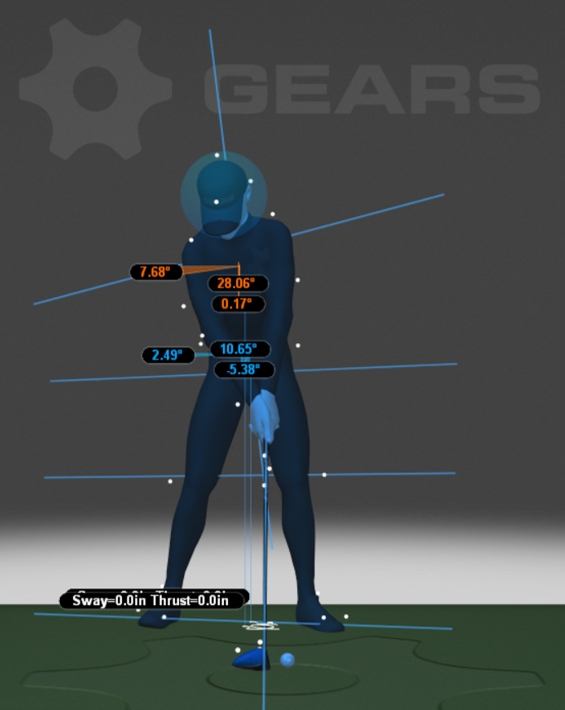CLUB HEAD METRICS
- Club Path
- Angle of Attack
- Face to Path
- Spin Loft
- Closure Rate
- T Closure Rate
- Low Point
- Speed
- Impact Point
- Face Center
- Ratio to Grip
- Loft
- Face Center
- Address
- Impact
- Difference
…
- Lie
- Static
- Address
- Impact
- Difference
- Face Angle
- Static
- Address
- Impact
- Difference
SHAFT METRICS
- Grip Speed
- Grip Roll
- Kick
- Twist
- Path
- Deflection and Droop
- Ratio
- Lean
- Address
- Impact
- Difference
- Hand Twist Velocity
BALL FLIGHT
- Carry Distance
- Top Speed
- Launch Angle
- Relative Angle
- Back Spin
- Smash Factor
CLUB PATH
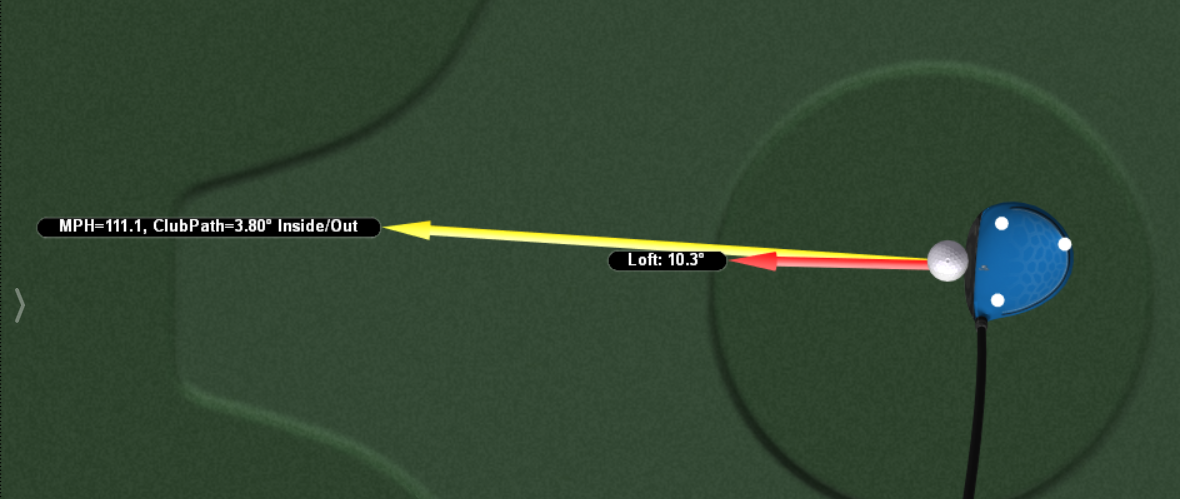
Club Path = yellow line in the left/right direction relative to the target line.
To measure the Club Path angle (in/out), the club path is projected onto the X-Z plane (i.e. the ground) and the angle the club path is measured against the path of swinging straight through the ball. ‘Outside in’ refers to the club path coming closer to the golfer as the head swings through the impact point. ‘Inside out’ refers to the club path moving away from the golfer as the head swings through the impact point.
ANGLE OF ATTACK

AofA = yellow line in the up/down direction relative to the horizontal.
To measure the Attack Angle (up/down), i.e. Angle of Attack, the club path is projected onto the Z-Y plane (i.e. face on). The projected club path is then measured against the path of swinging straight through the ball. ‘Angle of Attack Up’ refers to the club path rising as the head swings through the impact point.
FACE TO PATH
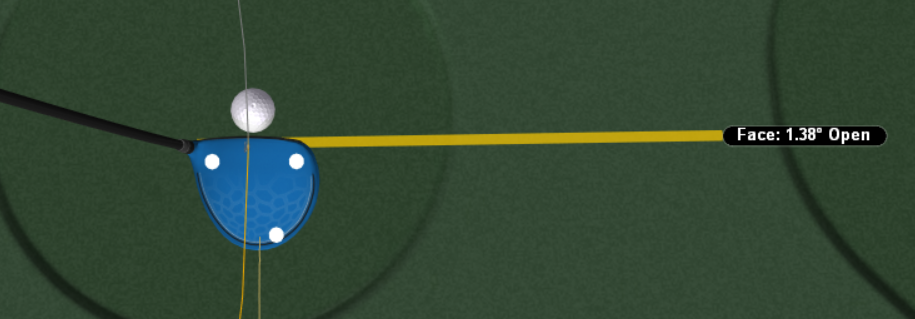
The Face to Path measurement is the angular difference between the face angle and the club path. To measure the Face to Path angle (open/closed), use a vector that originates perpendicular from the center of the club face and project it onto the X-Z plane (i.e. the ground). Secondly, project the club path onto the X-Z plane. The face to path angle is the angle between these two vectors. ‘Open’ refers to the projected face vector pointing away or out from the golfer relative to the club’s swing path. ‘Closed’ refers to the projected face vector pointing into or in towards the golfer relative to the club’s swing path.
SPIN LOFT

The Spin Loft is the difference between the Dynamic Loft and the Angle of Attack. The angle between the Dynamic Loft and Angle of Attack is measured by projecting the face vector and the club path vector onto the ZY (i.e. face on) plane and measuring the angle between these two vectors.
CLOSURE RATE
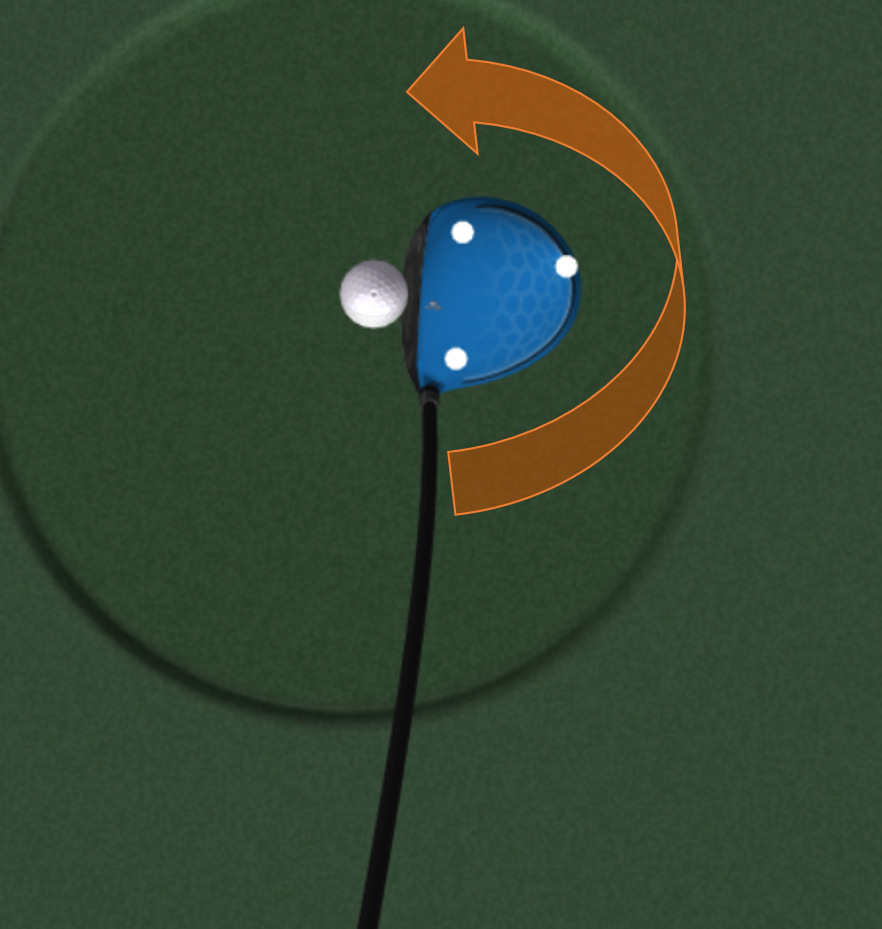
Closure Rate is a measure of the rotation of the club face as it approaches the impact point. This measurement is calculated relative to the club’s path.
Specifically, an angle is measured between the face of the club and the path of the club as shown. Closure Rate is the rate of change of this angle measurement (in degrees/second) of the club’s face relative to the club’s path.
T CLOSURE RATE
The closure rate in rotations per minute (rpm).
LOW POINT
Low Point is the distance in millimeters (mm) from the impact point to where the club head is when the angle of attack is 0. It is the lowest part of the swing arc.
A negative value signifies that the low point is located after the clubhead makes contact with the ball.
A positive value signifies that the low point is located before the clubhead makes contact with the ball.
SPEED
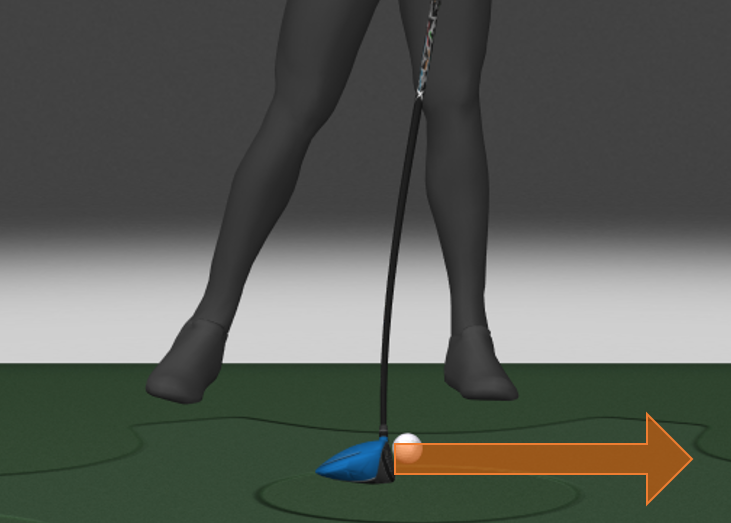
Impact Point
Speed at Impact Point is the speed of the club head measured at the location that the ball made impact with the club at impact time. At the moment of impact, the speed at different locations of the club face varies. Typically, the tip of the club head is moving faster than the heel of the club head. This is why we have both a speed at impact location and at face center.
Face Center
Speed at Face Center is the speed of the club head measured at the center of the club face.In Gears this number is displayed as two numbers. The first number is the club head speed measured from face center at the current time in the swing. The second number is the club head speed measured from face center at impact time.In all, we report the speed at impact time and location, impact time and face center, and current time and face center.
Ratio to Grip
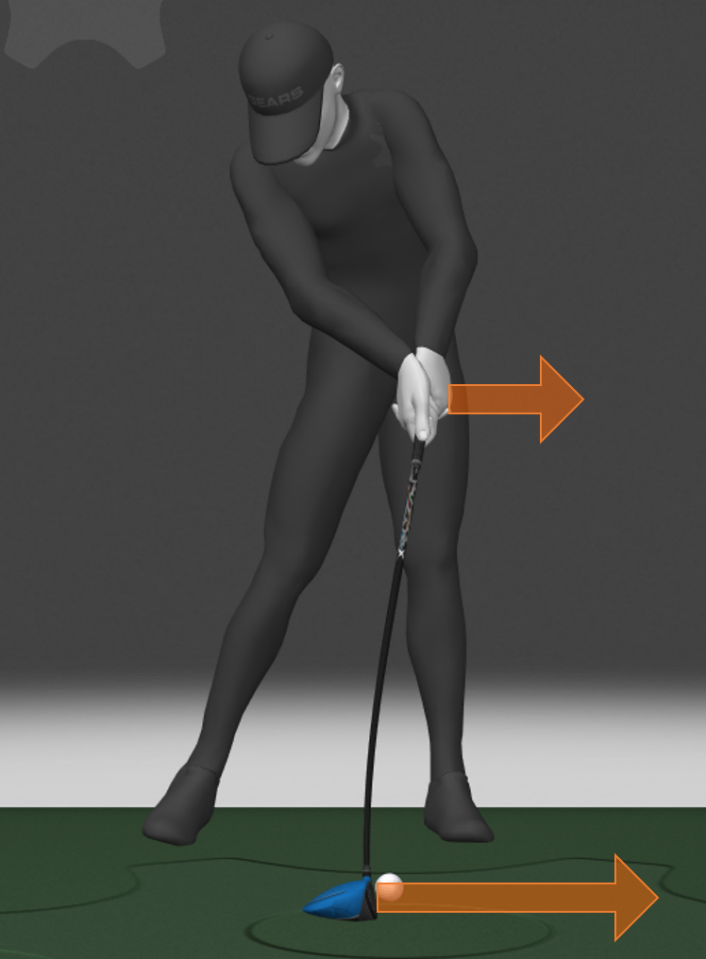
The Ratio to Grip is the ratio between Face Center/Head Speed and Grip Speed. Explicitly, this is ratio between the speed at the center of the club face and the speed at center of the grip.
LOFT
The Static Loft is the angle between the club shaft and the plane created by the face of the club head. It is a measure of the amount of loft built into a club during the manufacturing process and is calculated during club definition as a property of the club itself. It is reported along-side the other metrics and will not change from one swing to the next.

Face Center
The Face Center Loft is the amount of loft on the club face calculated from the face center.
Address Loft
The Address Loft is the amount of loft on the club face at address calculated from the face center.
Impact
The Impact Loft (or Dynamic Loft) is the amount of loft on the club face at impact. This is a combination of the club’s built-in loft as well as the loft contributed by orientation of the club head at impact. The Impact Loft is the amount of loft on the club face at impact time calculated from the impact location. To measure the Dynamic Loft, use a vector that originates perpendicular from the center of the club face. The Dynamic Loft is the angle between this perpendicular vector and its projection to the X-Z plane (i.e. the ground) at the moment of impact.
Difference
Loft Difference is the difference between what the loft angle is at the address position vs the impact position.
LIE
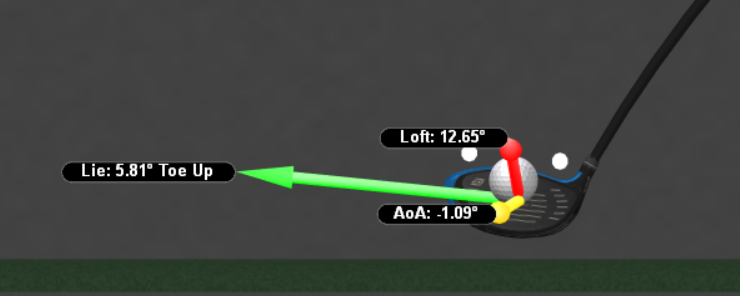
Lie = green arrow
Static
The Static Lie is a measure of the amount of lie built into a club during the manufacturing process. It is measured by taking the angle between the ground and the shaft when the bottom of the clubhead is flat on the ground and the shaft is vertical.
Address
The Address Lie is the amount of lie on the club face at address time calculated from the face center.
Impact
The Impact Lie (or Club Lie) is the amount of tilt, either toe up or toe down, of the club head at impact time in degrees calculated from the face center.
‘Toe up’ refers to the toe of the club being higher than the heel at the moment of impact.
‘Toe down’ refers to the heel of the club being higher than the toe at the moment of impact.
Difference
Lie Angle Difference is the delta between what the lie angle is at the address position vs the impact position.
FACE ANGLE
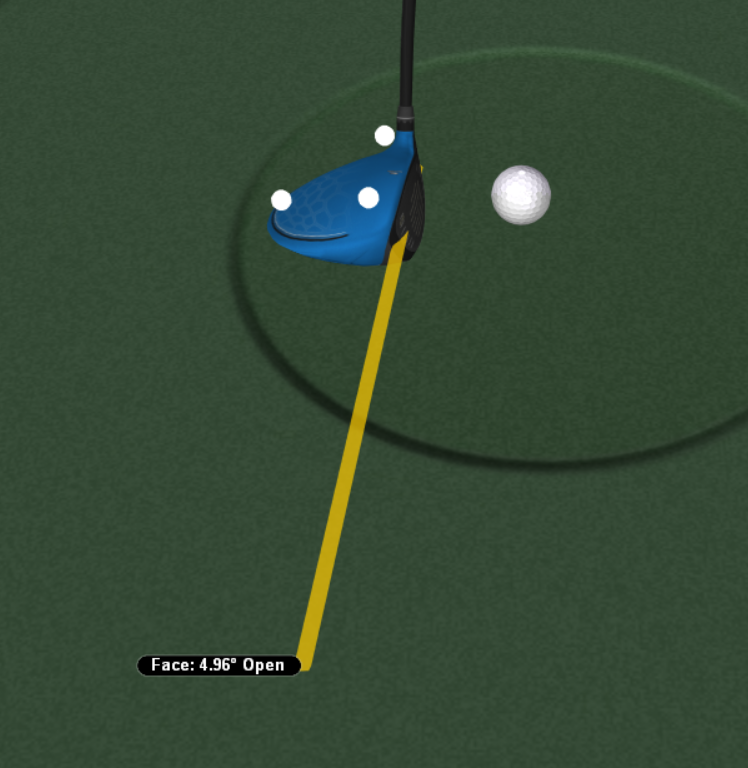
0 degrees = perpendicular with target line.
Face Center
Face Center Face Angle is the direction the club face is pointed (right or left) at impact calculated from the face center and is measured relative to the target line, i.e. where you are trying to hit the ball.
Address
Address Face Angle is the direction the club face is pointed (right or left) at address time calculated from the face center and is measured relative to where you are trying to hit the ball.
Impact
Impact Face Angle is the direction the club face is pointed (right or left) at impact time calculated from the impact point and is measured relative to where you are trying to hit the ball.
Difference
Face Angle Difference is the delta between what the face angle is at the address position vs the impact position.
GRIP SPEED
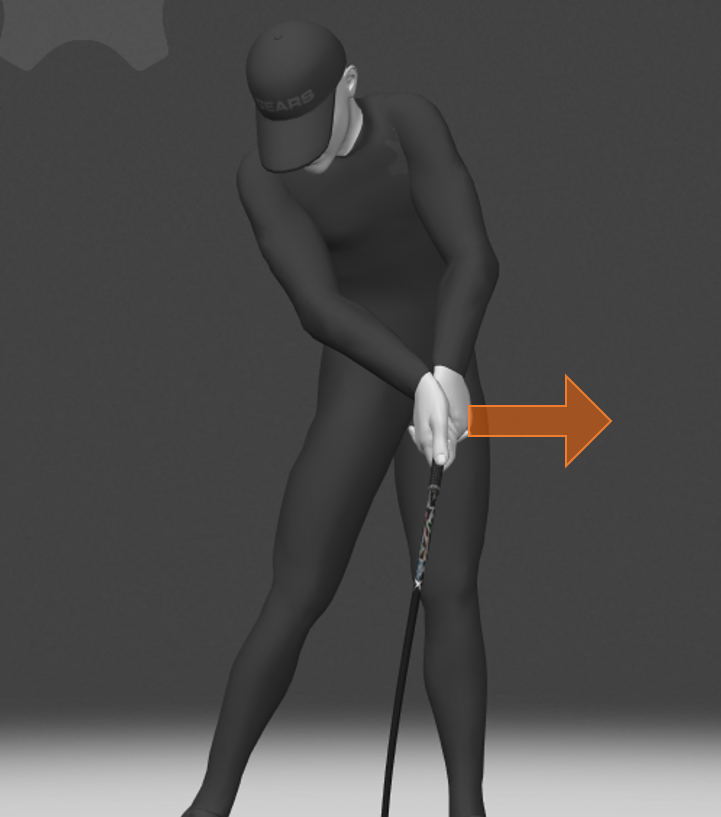
The Grip Speed is the speed of the grip at the moment of impact. This is measured along the shaft at a location halfway between the top of the shaft and the closest grip marker.
GRIP ROLL
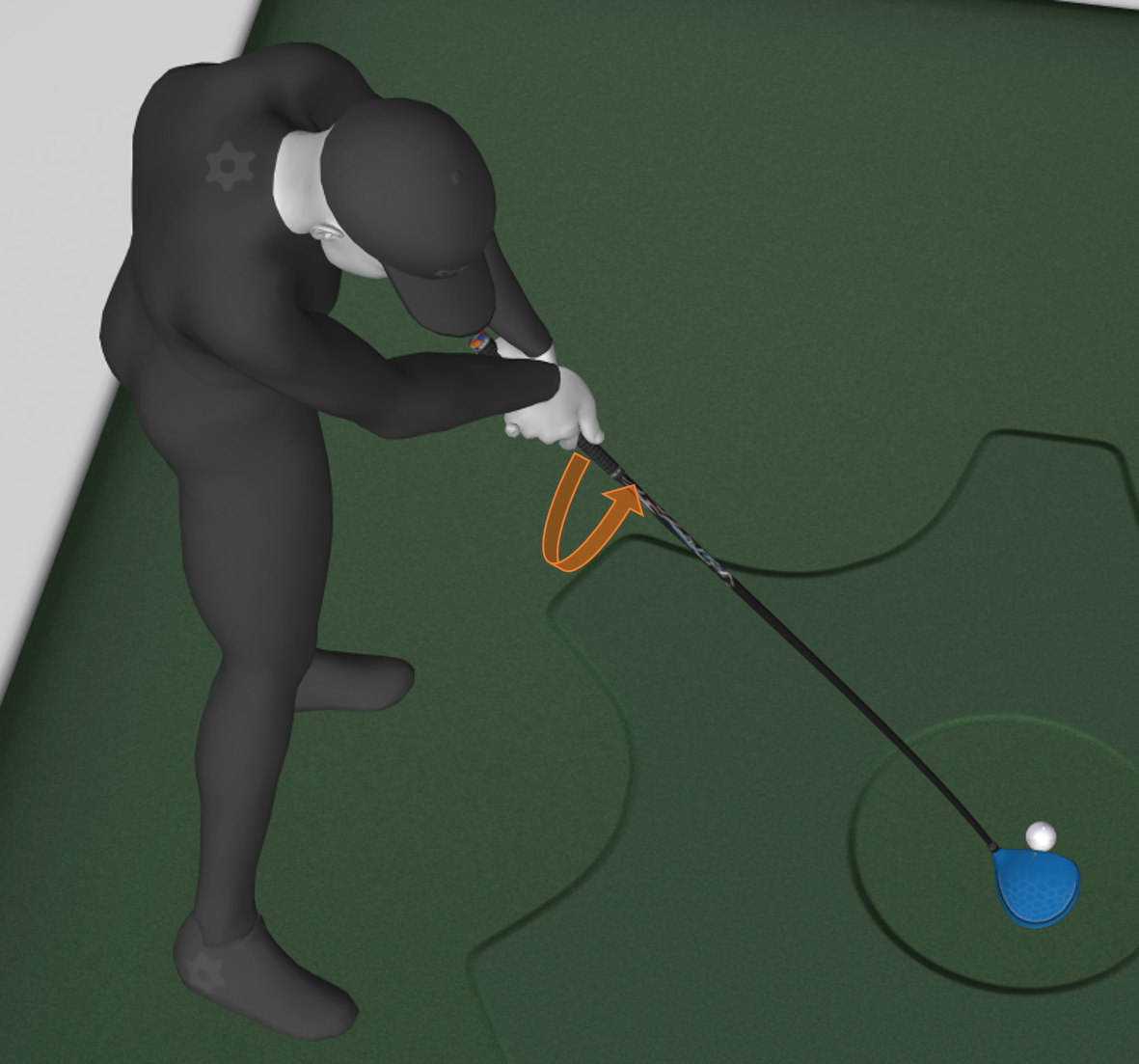
Grip rotation is an angular measurement that measures the rotation of the shaft between the top of the backswing and impact.
SHAFT KICK VELOCITY
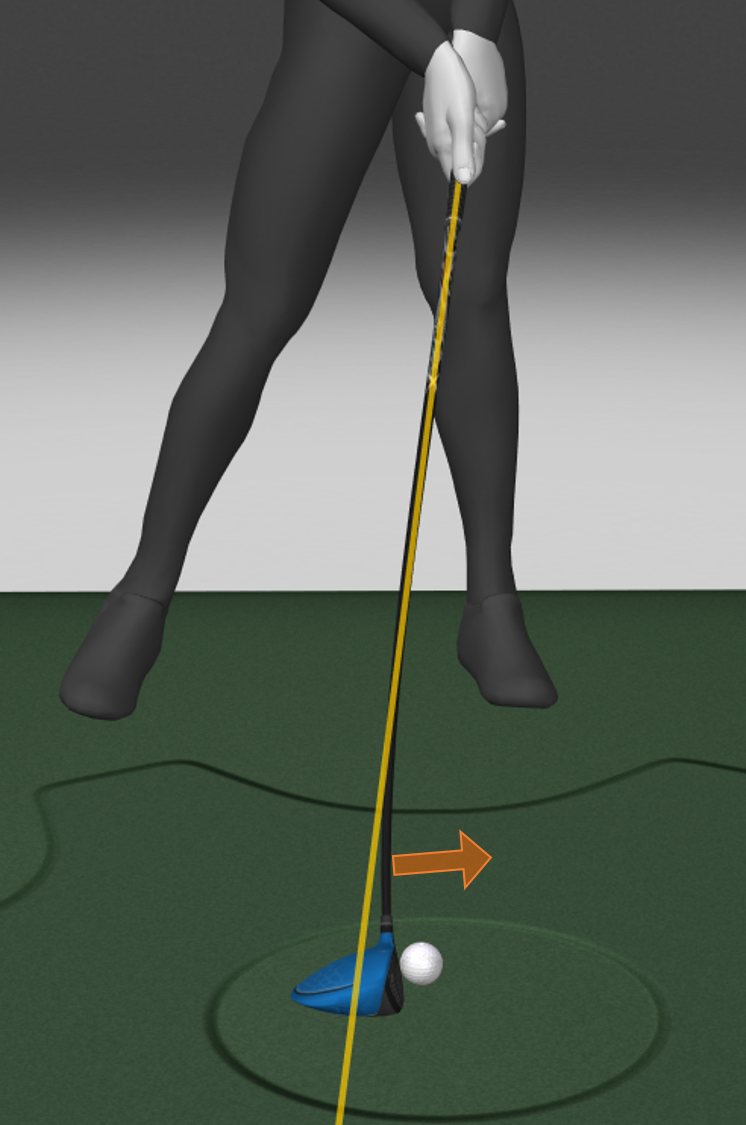
Shaft Kick Velocity is a measure of the additional velocity of the club head because of the deflection in the club shaft. This is referred to as Shaft Kick because of the additional ‘kick’ it applies to the ball at impact.
Shaft Kick is measured by determining the speed of the club head if the shaft was rigid and not allowed to flex. This is referred to as the Undeflected Head Speed. When the Undeflected Head Speed is plotted against the actual head speed, as shown on the right, it demonstrates the additional club head speed achieved because of the club shaft flex during the downswing.
The amount of Shaft Kick Velocity is reported at impact. This value is the additional speed of the club head, or the ‘kick’, applied to the ball. A positive value of Shaft Kick results in the club head moving faster and impacting the ball harder compared to a swing with no ‘kick’.
However, it is important to note that this value can also be negative. Negative Shaft Kick Velocity swings result in the club head moving slower. While positive Shaft Kick can be utilized for impacting the ball harder, a golfer can also cultivate a swing that incorporates negative Shaft Kick for more reliable ball placement.
In addition to reporting the value of Shaft Kick Velocity at impact, the software will also display a plot of Shaft Kick Velocity for the entire downswing as shown on the right. A golfer can visualize how adjusting the amount of force applied to the club at various stages of the downswing will affect the Shaft Kick Velocity.
SHAFT TWIST
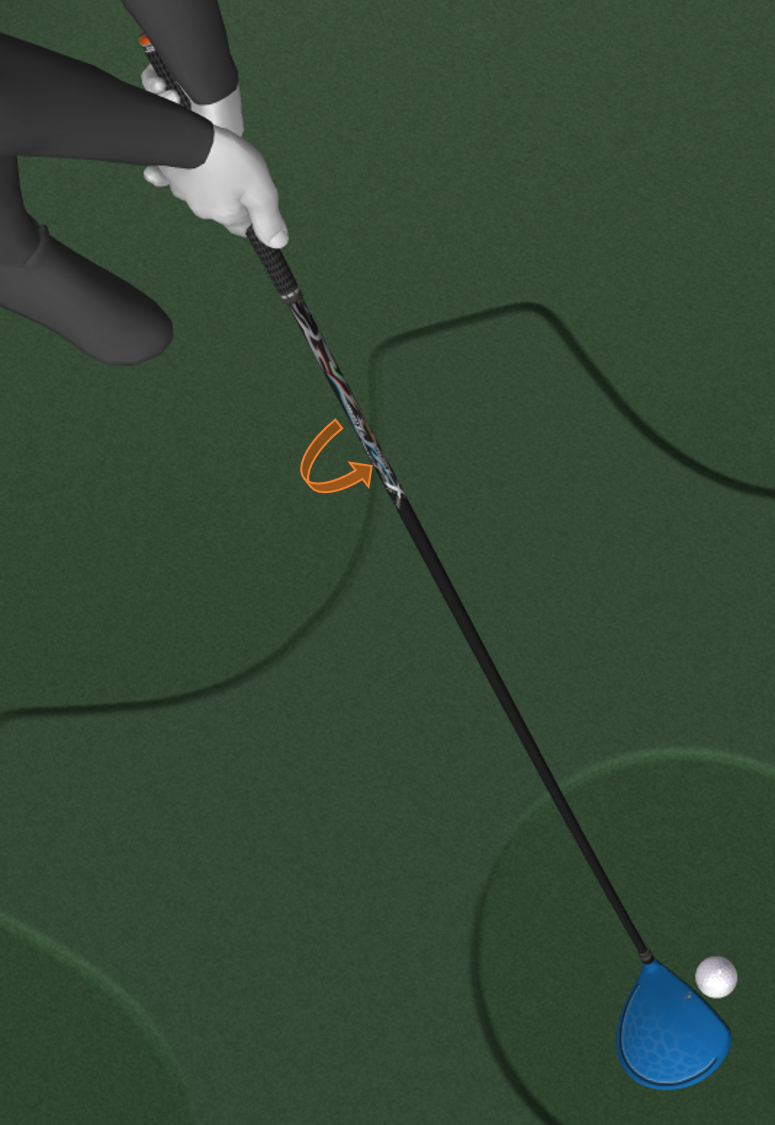
Shaft Twist is a measurement of how much twist there is down the golf shaft between the club’s grip and club’s head. This measurement is reported in degrees and is an angular magnitude.
PATH
Deflection and Droop
Shaft Path Deflection is the overall distance that the club head is offset from the club head ‘at rest position’ relative to the path of the club. This will be a negative value when the club head is bent in the opposite direction that it is moving.
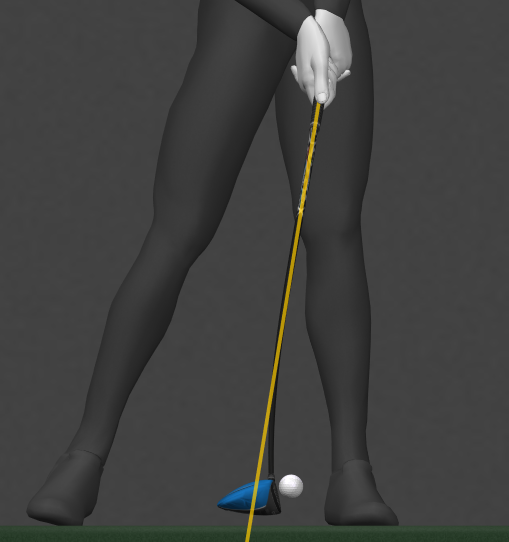
Shaft Path Droop is the overall distance that the club head is offset from the club head ‘at rest position’ relative to the path of the club, but at a 90-degree angle to the path. It takes the cross produce of the shaft line and path direction to find the direction used for the shaft path droop. This metric should hover around 0 through the swing and basically shows how much the club is bending outside of the direction you are moving the club, i.e. energy lost.
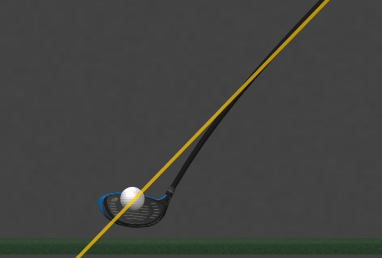
Ratio
Deflection Droop Ratio is the ratio between the deflection and droop through the swing.
LEAN
Shaft Lean is the amount the shaft is tilted toward or away from the target.
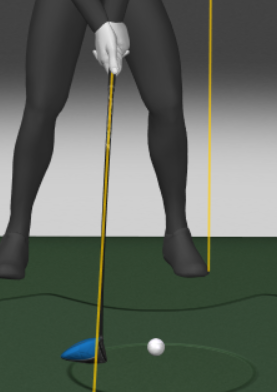
Address
The Address Lean is the shaft lean measured in the Y-Z plane (i.e. face on) at address time. Intuitively, this is just how much the club is leaning toward where you are trying to hit the ball.
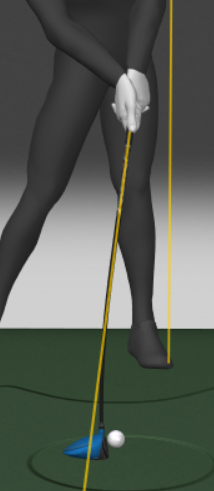
Impact
The Impact Lean is the shaft lean measured in the Y-Z plane (i.e. face on) at impact time. Intuitively, this is just how much the club is leaning toward where you are trying to hit the ball.
Difference
Shaft Lean Difference is the delta between what the shaft lean is at the address position vs the impact position.
HANDLE TWIST VELOCITY
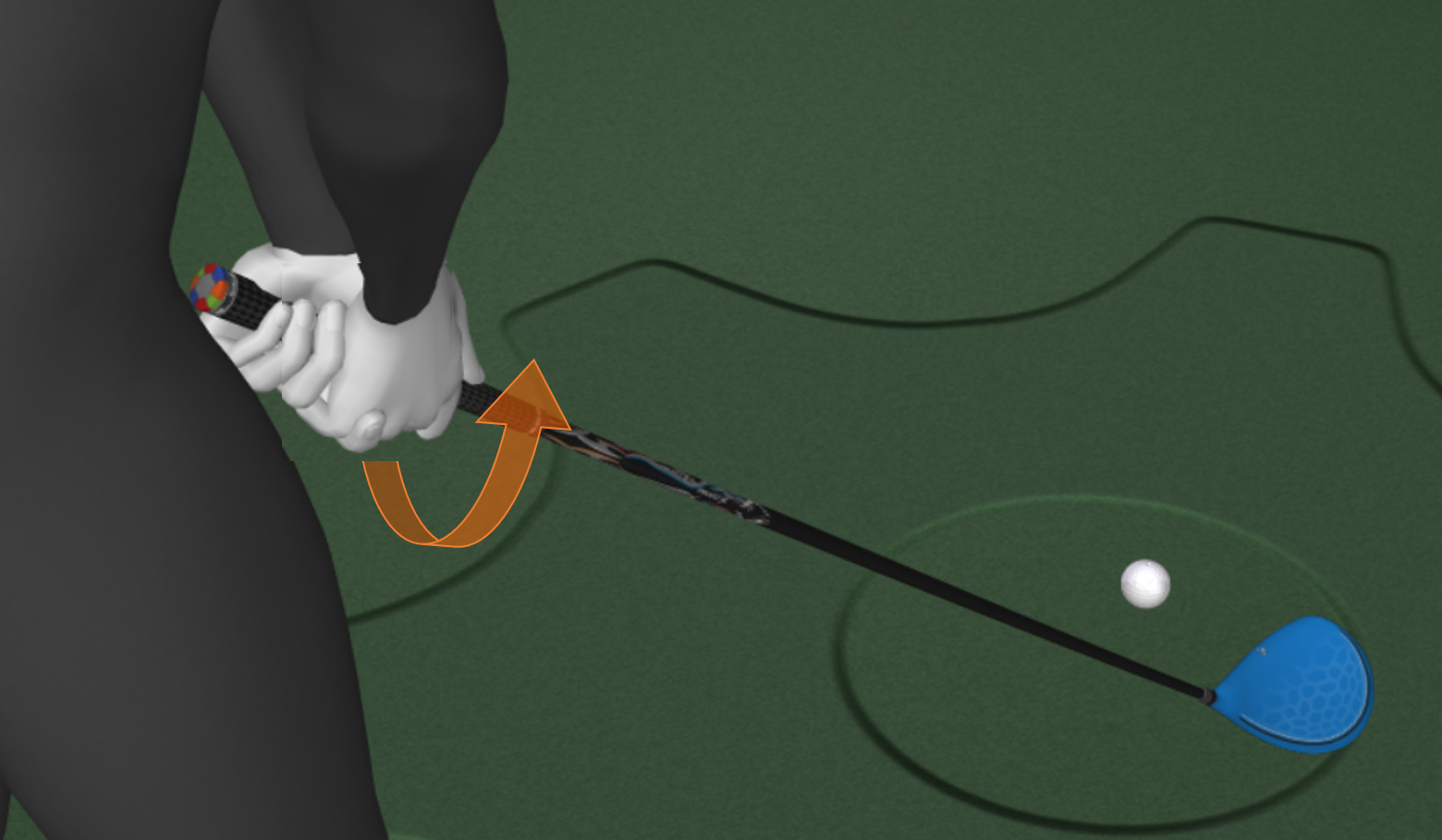
Handle Twist Velocity is an angular measurement that measures the change in rotation of the shaft relative to the rotation of the club head through the swing.
Note: This metrics only appears in the club graphs pane, and only when using full body data due to the nature of the calculation.
CARRY DISTANCE
Carry Distance is the distance that the ball travels in the air. The calculation assumes that the ground height of the landing spot is the same as where it was hit from, represented in yards (yds) or meters (m) depending on whether the units are set as imperial or metric in Settings.
TOP SPEED
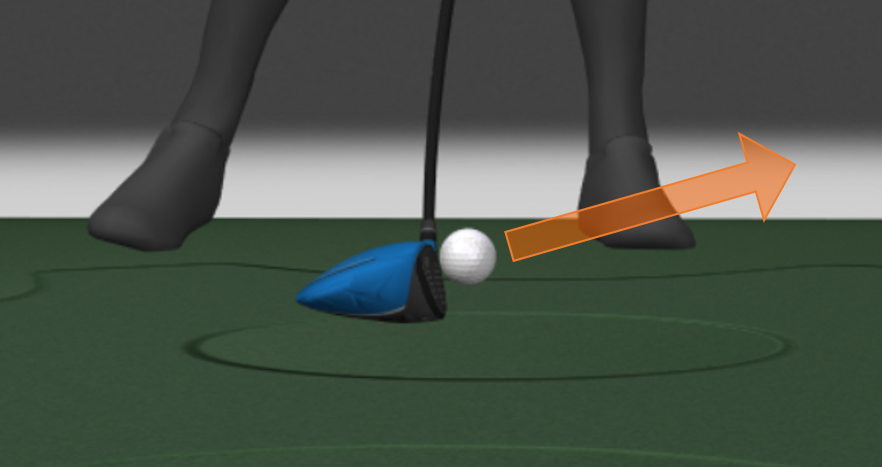
Top Speed is the velocity of the golf ball immediately after impact, represented in miles per hour (mph) or meters per second (m/sec) depending on whether the units are set as imperial or metric in Settings.
LAUNCH ANGLE
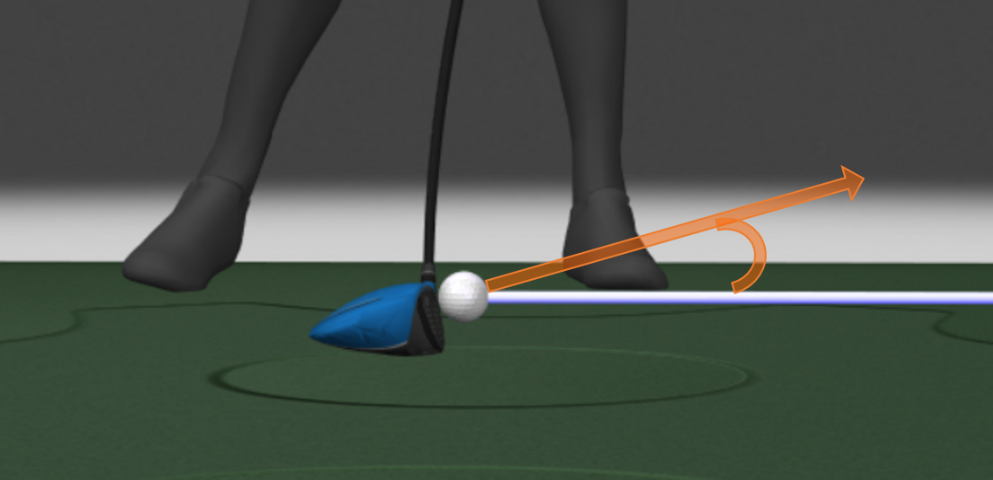
Launch Angle is the angle between the ball trajectory line and the horizontal target line, represented in degrees (°).
RELATIVE ANGLE
Relative Angle is the initial start direction of the ball relative to the horizontal line, represented in degrees (°).
BACK SPIN
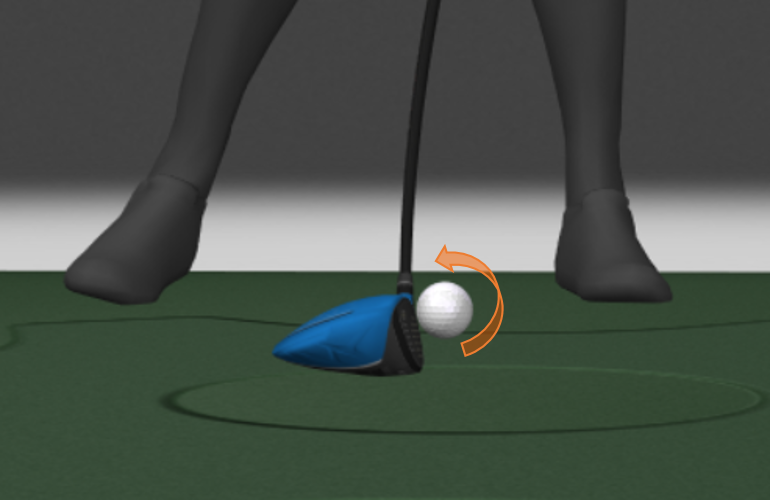
Back Spin is the backwards rotation of the ball, represented in rotations per minute (rpm).
SMASH FACTOR
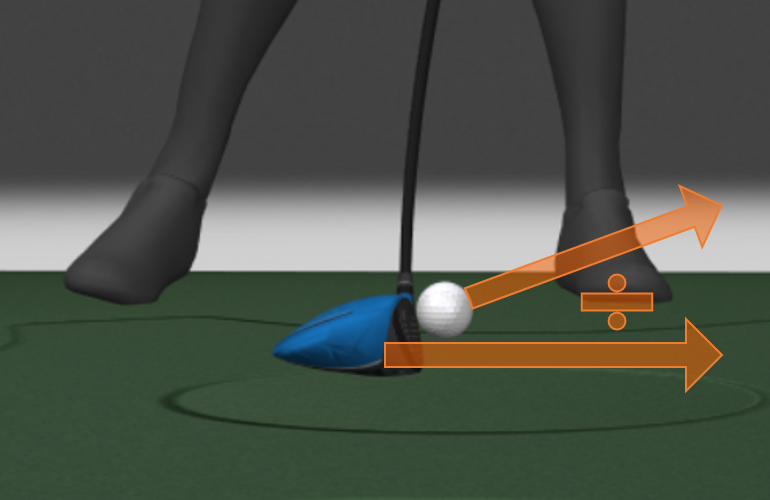
Smash Factor is the ball speed divided by the club head speed.
[add link to each term to jump to that section of the article]
- after each metric, add a link or text that we can call “Pro Advice” that goes into how that metric affects your shot/swing, values that you should be looking for, how to improve that particular metric, etc.




